A sure sign of the increasing globalisation of our reality is the fact that we get to read about the rankings of different countries of the world in the media nearly every day. The rankings are no longer limited to simple issues, such as tonnes of wheat produced, internet connection statistics or the number of medals won at the Olympics. These days, international institutions, research institutes and consulting firms rank countries by increasingly complicated issues, such as happiness and the status of mothers.
These rankings have played a part in the ever-growing interest in the Nordic nations and the Nordic model. At times, it has seemed that whatever the indicator, the Nordic nations have always made it to the top of the rankings. What makes this special is that the Nordic nations do well in the traditional, “hard” economic indices (including those measuring wealth and the innovativeness of the economy) as well as in the indices of human well-being and the equality of well-being. Economists have spent years arguing about whether the even distribution of wealth is a good or a bad thing for the economic prosperity of a society. The success of the Nordic nations in recent years has resulted in more arguments in favour of spreading wealth and well-being evenly for the entire population through political solutions.
When describing the key features of the Nordic model, the focus has often been on the high level of social security and extensive public services. Providing people with basic conditions has enabled society to free its people to engage in productive activities, namely work. Free day care has succeeded in accommodating women in the working life. Free education has produced a population with a high level of competence, while free healthcare has extended the human life expectancy and increased functional ability. The extensive social security allows people to feel secure about their future, thus encouraging people to invest in their own or their children’s education or home ownership, for instance. As a result, people have gradually accumulated wealth.
However, the Nordic model is about to face two challenges. How can we safeguard equality and the conditions for a good life for people in an era where fewer and fewer people will be able to secure permanent and full-time employment?[1] And how can we sustain a functional democracy if people’s experience of a community and mutual goals is deteriorating?
Capabilities instead of money
In addition to the perspective of paid employment and the resulting livelihood, we can also look at the Nordic model from another viewpoint. From this view, maximising wealth is not an end in itself in the Nordic welfare model(s). In fact, a more fundamental characteristic of the system is the way well-being is being generated: by equalising the different starting points for people and increasing a diverse range of their capabilities and involvement.
At the global level, the ability of societies to transform material resources into human well-being varies. It is easy to figure out why a resource-intensive way of life centred around material wealth and consumption has a short future: when conditions are rapidly changing, focusing on wealth alone makes it difficult to adapt to the new situation and reform the means through which people make their living and are provided income, for instance. It is increasingly important that we are able to understand what creates the conditions for a good life for people, i.e. having actual opportunities for creating continuity in one’s life, doing things with other people and experiencing meaningfulness. What does active citizenship comprise of, how can people’s agency be strengthened as the working life changes and how will the challenges brought about by lifestyle-related diseases be solved through co-operation between different institutions?
The framework of the capability approach developed by Amartya Sen and Martha Nussbaum is sensitive to the actual well-being and agency achieved by individuals. Influenced by political philosophy, the theory of fairness, economics and research on developing countries, the approach provides a tool for assessing societal change from the viewpoints of the construction of well-being and agency.
The capability approach considers material and social capital as well-being resources. What really matters is how well an individual fares at transferring these resources into well-being. In other words, how they achieve the things worth pursuing in their life. Therefore, when we are striving for a good society, we cannot just talk about the distribution of material resources.
Of course, it is true that capabilities are built on material resources, and therefore these do also matter. However, if we focus exclusively on resources, we fail to see the more comprehensive idea of man that is needed to rise to the challenges of the new world.
In the capability approach, well-being is something essentially occurring at the level of individuals. We can evaluate how the conditions for well-being are realised by looking at a person’s entire lifespan. This framework has been applied when examining the achieved well-being and societal change from the perspective of human development.
While researchers in capability do not unanimously agree on what well-being factors are essential for a good life, Nussbaum’s list of the ten basic human capabilities is well-known and frequently applied. Nussbaum lists what every democracy should realise through its institutions. On one hand, the list of the ten human capabilities recognises basic needs, such as eating and being healthy, but deems it equally important that people have the capability to function as members of society and as humans, such as the ability to think critically, to live with others, to participate and to use one’s senses and imagination.[2] The latter play an essential role in the future of democracy.
Instead of uniting people to act in a certain way, the capabilities provide people with the freedom to maximise their potential in any way they choose. The freedom to make choices is an essential part of well-being. These days, many of us recognise the nutritional dilemma, for instance: we are aware of the healthy alternatives, but might choose otherwise when making choices. The capability approach includes the idea that a functional society should strengthen the capability of its individual members to make choices that have positive long-term effects on both the individual and society as a whole.
Democracy as collective capability
In recent years, researchers in capability have also begun to pay more attention to communities and their significance in generating well-being. The idea of collective capabilities highlights the role of communities as something more than just tools with which individuals can pursue their personal goals. Communities also provide an arena where these pursuits are formed.[3] This makes them important for human development. Communities enable activities that individuals would not be able to accomplish alone and direct their members’ expectations of the future.
Communities influence people’s understanding of valuable choices and meaningful life, such as what good career development, ideal living arrangements or a level of income worth pursuing might entail. This is also how communities play a central role in building agency.
Collective capabilities are linked to the success of public discourse and democratic processes. Some communities are stronger than others, and strengthening capabilities in weaker communities can be used to influence the status of certain demographics, such as poor people, in public discourse.[4] Democracy has traditionally stood for the right to influence common ground rules and distribution of resources between groups through politics. Capable communities also offer the promise of being able to create new solutions that will widely benefit the community members.
The equality generated by the Nordic model is strongly dependent on full-time and permanent paid employment that secures sufficient income. Pursuing this is every person’s moral obligation (from the viewpoint of the system). Similarly, the welfare model has aimed to maximise the number of years individuals work actively and productively (for example by encouraging people to participate in education, maintaining good healthcare and helping people find new employment). This has also created a sense of community and an experience of everyone being in the same boat: all people aim to ensure a sufficient income through their work, participate in increasing shared prosperity through their work, are willing to share the well-being generated by their personal wealth with others when needed and have equal rights to the things critical for strengthening people’s personal well-being.
These conditions have also provided a good starting point for a strong democracy. Although the interests of different groups of people have varied to a degree, a large majority of the population share similar experiences and have mutual goals in terms of paid employment and livelihood. This starting point is vastly different to that of a society where a significant share of women stay at home taking care of their children or where a significant share of people make their living through agriculture and the exchange of agricultural products (and other services) with their neighbours. In Nordic societies, the consensus between political parties has been built around the promotion of paid employment. The entire Nordic model and the wealth, equality and widespread well-being it generates has been constructed on this foundation.
The deterioration of shared experiences generated by paid employment is part of the crisis facing Western democracies: people find it increasingly difficult to recognise extensive, common interests and build political activities around them. There has previously been a connection between work, the strengthening of collective capabilities and democracy. In recent decades, representative democracy has gradually become detached from the interests built around paid employment. Representative democracy might not pursue the interest of the majority of the population: voting decisions are often shaped within groups of people defined by a certain status or by an individual issue (for example, the status of immigrants, a particular construction project or a campaign to save a local school or library) instead of voters making their own decisions on the political programmes optimal for themselves, their demographic or society when choosing which representative or political party to vote for.[5]
The capability of communities to recognise other communities and have deliberative discussions with them is also important for democracy. Digitisation has enabled increasingly intense interaction between individuals with similar mindsets, which is likely to strengthen the ability of the individuals to form opinions and also present these outside the community. There is currently the threat of a lack of constructive discourse between communities – this “bubble effect” can already be seen around the world and might even be shaping the outcomes of elections.
Nevertheless, many countries are currently working to find solutions to enable constructive, deliberative discussions between people of various backgrounds on an increasingly wide platform, perhaps even among the entire population of a country. We have already seen some interesting trials. For instance, Taiwan has been developing a national deliberation platform through experimentation for two years and Iceland has previously aimed to reform its constitution with crowdsourcing. Indeed, the era of digital deliberation has only just begun.
Nordic societies face a challenge caused by a new kind of uncertainty related to the fundamental factors of well-being: health, livelihood and education. How will the institutions tasked with safeguarding these factors be able to implement their objectives in the future? Will they be capable of understanding the prospects of communities and strengthening the kind of collective agency that will lead to the common good?
Supporting meaningful activities for individuals in co-operation with different institutions is the recipe for success of the Nordic social model. For decades, involvement and competence, quality of working life and health were strengthened through the goal-oriented activities of public institutions. In the future, the operations of public institutions might be less reliant on ready-made, normative solutions. Instead, the goal-oriented activities of institutions must be increasingly focused on strengthening the personal agency of people and communities, providing them with new kinds of resources as well as, in some cases, the chance to share an aim through desirable futures or visions.
It is also important to note that the successful involvement of individuals in self-directing co-operation that works without external structures (such as political movements, in part also sharing economic solutions) requires capabilities that are currently unevenly distributed.[6] The version of the Nordic model for the 2020s must pay particular attention to widely supporting the capabilities that strengthen the realisation of democracy.
Democracy requires ambitious aspirations
Martha Nussbaum has argued[7] that no country in the world will be able to reach the goals set for nations by her list of fundamental human capabilities. Nevertheless, ambitious aspirations play a special role in the development of societies. If we are unaware of the publicly set goals for human development, we will not know what level of development we could achieve: “We are likely to lapse into despair and stop trying if we do not have a bold goal before us to energize our hopes.”[8]
Aspirations and goals provide essential support for development. When societies struggle, we face the challenge that the rhetoric of the administration might fail to note the importance of making progress and pointing out achieved development, which results in too easily settling for talk about difficult but necessary choices. This eats away at the role of the state in creating hope and generating energy which can help encourage human development through ambitious goals. In turn, a publicly declared aim to keep promoting human development even when times get tough invites individuals and communities to participate in solving the identified challenges.
So, what kinds of collective capabilities and related societal aspirations do we need in the Nordic nations and other developed societies in the coming decades? They should concern at least three topics undergoing major change.
- New forms of livelihood. A large number of traditional professions and workplaces will disappear as a result of automation and other changes of the working life. The forms of livelihood that will replace them are likely to be very different from the model of full-time employment with monthly income that has prevailed for the previous century. There will be an emphasis on sharing services and products between people, as well as work performed within changing groups of people. This kind of work requires new sorts of capabilities related to human interaction.[9]Basic income might play a significant role in supporting these capabilities.
- Constructive public discourse and decision-making in the digital era. The digital era makes finding information and communities that support one’s personal interests increasingly easy. At the same time, communication between people is more and more likely to occur in groups whose members share a history of experience, interest and language. Similarly, institutions creating a uniform public image of society, such as the print and broadcast media and public services (public transport, public education, healthcare), are losing their power to bring people together. This results in a growing polarisation of opinions and divergence between groups of people. In the future, we will need capabilities related to perseverance, empathy and encountering diversity. And building these requires things such as public spaces and services that promote encounters between different people.
- Global co-operation to solve wicked problems. Nation states have struggled to find mutual solutions to counter what are known as “wicked problems” – global problems that are very difficult to overcome, such as climate change. At the moment, it appears that nationalistic attitudes hostile to international commitments are gaining ground in many countries. It seems unlikely that traditional diplomacy will suffice for finding solutions to challenges such as climate change. In order to come up with and introduce efficient and innovative solutions, there is also a need for a different kind of global co-operation between people, communities and companies. This requires capabilities currently held only by a small number of people and which involve interaction and operations in several different contexts. Making digital communication, such as universal access to the internet, and solutions based on artificial intelligence readily available to all of humankind supports this development and should be important political aspirations.
[1]. This actually includes two overlapping challenges: the economic question of what will happen to the funding of the welfare model and the moral question of whether people should still be encouraged to aim for traditional paid employment if securing it is becoming more difficult and there are other, potentially more sensible alternatives available.
[2]. The ten human capabilities identified by Nussbaum are: 1) A human life of normal length; 2) Bodily health, nourishment and shelter; 3) Bodily integrity; 4) Senses, imagination and thought; 5) Emotions; 6) Practical reason; 7) Affiliation with other people; 8) Other species; 9) Play; 10) Participation in and control over one’s environment, ability to hold property.
[3] Evans P. (2002), “Collective Capabilities, Culture, and Amartya Sen’s Development as Freedom”, Studies in Comparative International Development, volume 37, No 2, pp. 54-60.
[4] Ibrahim S. (2017), “How to Build Collective Capabilities: The 3C-Model for Grassroots-led Development”, Journal of Human Development and Capabilities.
[5]. Amartya Sen offers a good description of these current challenges to democracy in an interview with Prospect magazine: Rahim S., “Amartya Sen keeps his cool” Prospect, March 2017
[6]. The Differentiation of Political Participation – Finnish National Election Study 2015 (in Finnish)
[7]. Nussbaum M. (2016), “Introduction: Aspirations and the Capabilities List”, Journal of Human Development and Capabilities, Vol. 17, No 3, pp. 301-308.
[8]. Ibid.
[9]. Esko Kilpi’s article in the Next Era series provides a good description of this model: “New work in the platform economy”, The Next Era (2017)

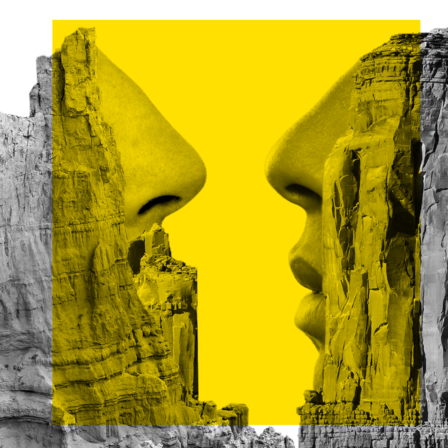




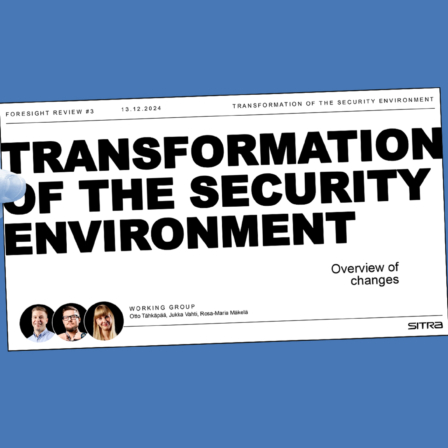
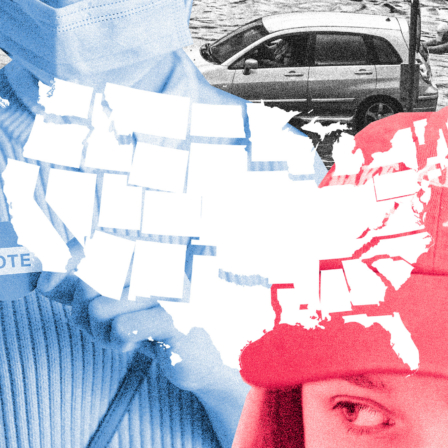
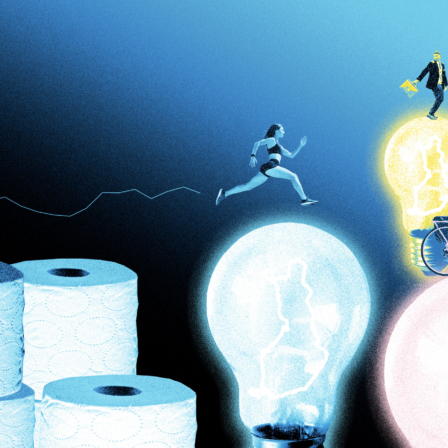

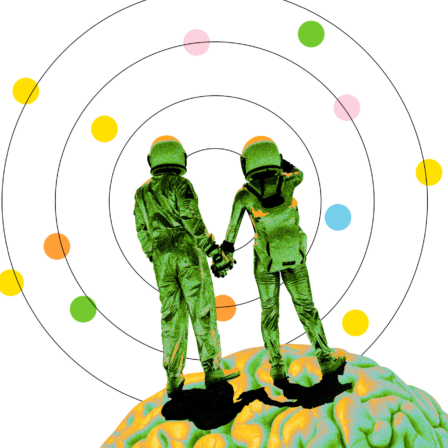

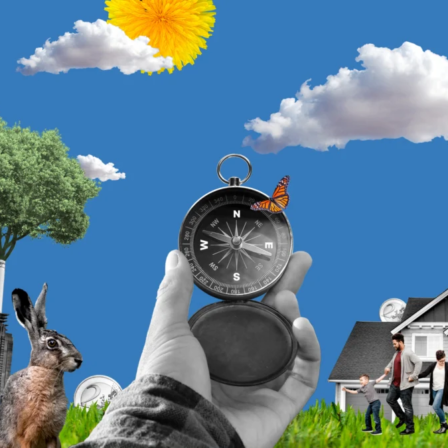

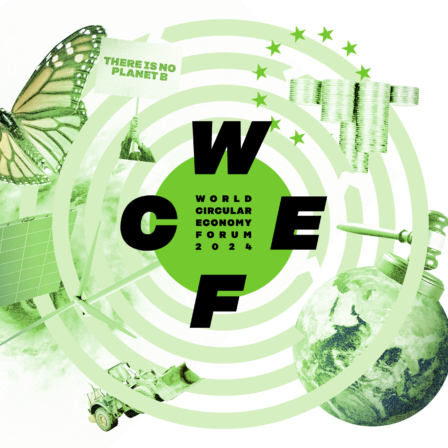
Other articles
Share these too.